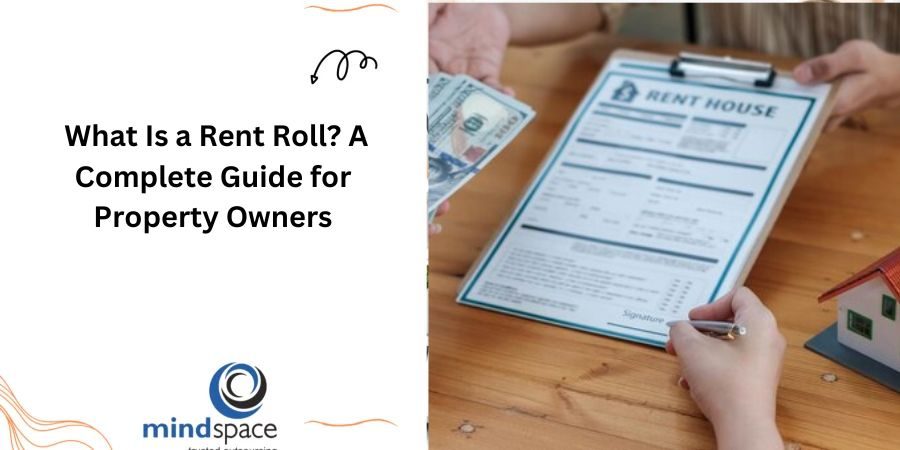What Is a Rent Roll? A Complete Guide for Property Owners
Managing rental properties efficiently requires detailed financial records, and one of the most valuable tools for landlords, investors, and property managers is a rent roll. Whether you own a single rental unit or manage multiple properties, a rental roll provides a clear overview of rental income, tenant details, and lease agreements.
In this guide, we’ll define rent roll real estate, explain its benefits, and walk you through the process of conducting a rent roll analysis.
Rent Roll Definition: What Is It?
A rent roll is a document that provides a summary of all rental income generated by a property or a portfolio of properties. It typically includes information about tenants, lease terms, rent amounts, payment history, and occupancy status.
Must Read : Easy Wave Accounting Setup for US Small Businesses
Key Elements of a Rent Roll:
- Tenant Name – Identifies each tenant occupying a rental unit.
- Unit Details – Includes the property address, unit number, and type (apartment, house, commercial space, etc.).
- Monthly Rent Amount – Specifies the rent charged per unit.
- Lease Start and End Dates – Details the duration of each tenant’s lease.
- Security Deposit – Indicates the amount held for potential damages.
- Payment Status – Tracks whether tenants are current, late, or delinquent on rent payments.
A well-maintained rent roll real estate report is crucial for tracking income and assessing a property’s financial health.
Why Is a Rent Roll Important?
A rental roll serves multiple purposes for property owners, investors, and lenders. Here’s why it matters:
1. Helps in Rent Roll Analysis
By reviewing the rent roll, property owners can analyze income trends, identify vacancies, and assess tenant payment patterns. This allows for better decision-making regarding rent adjustments and lease renewals.
2. Essential for Property Valuation
Real estate appraisers and investors use rent roll real estate data to determine a property’s value based on rental income. Higher rental revenue typically increases a property’s market value.
3. Assists in Loan Approvals
Lenders often require a rent roll to assess a property’s cash flow before approving a mortgage or refinancing request. A stable rental income stream improves the chances of securing a loan.
4. Simplifies Financial Planning
By maintaining an up-to-date rent roll, property owners can forecast future income, budget for expenses, and plan for property improvements.
Suggested Read : The Digital Evolution: Transforming the Role of Accountants
How to Conduct a Rent Roll Analysis
A rent roll analysis helps property owners evaluate the financial performance of their rental property. Here’s how to do it:
- Calculate Total Rental Income – Add up the total rent collected from all tenants.
- Identify Vacancy Rates – Determine the number of vacant units and their impact on overall revenue.
- Compare Market Rents – Check if your rental rates align with market trends in your area.
- Assess Lease Expiry Risks – Review lease expiration dates to prevent high tenant turnover at once.
- Check for Delinquent Payments – Identify tenants with late payments and take necessary actions.
Regular rent roll analysis helps property owners maximize rental income and minimize risks.
How to Create a Rent Roll
Creating a rent roll is simple and can be done using spreadsheets or property management software. Follow these steps:
- List all rental units – Include unit numbers, property addresses, and descriptions.
- Add tenant details – Enter names, contact information, and lease start/end dates.
- Record rent amounts – Document the monthly rent for each unit.
- Track payments – Mark paid and overdue rents.
- Update regularly – Keep the rent roll updated to reflect new tenants, rent changes, and lease renewals.
Suggested Read : Five Ways to Improve Audit Efficiency
Conclusion
A rent roll is a powerful tool for property owners, real estate investors, and lenders. It provides an organized way to track rental income, manage tenants, and evaluate a property’s financial performance. By conducting a thorough rent roll analysis, landlords can optimize cash flow, reduce vacancies, and make informed investment decisions.


